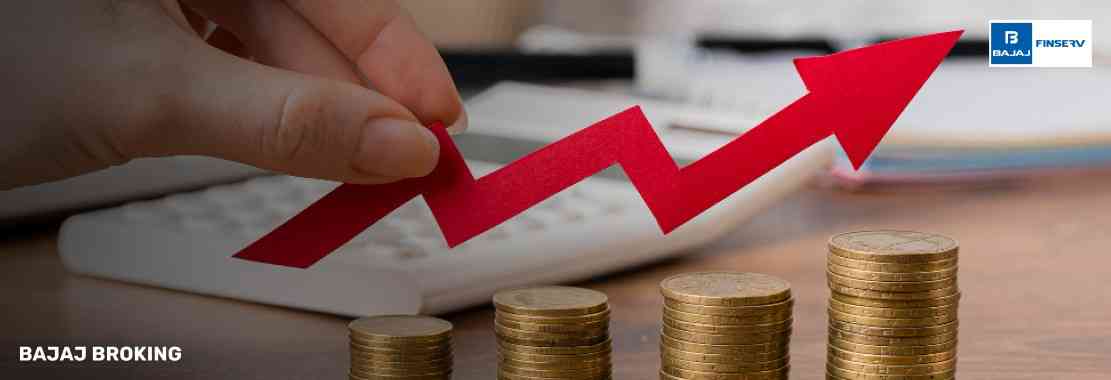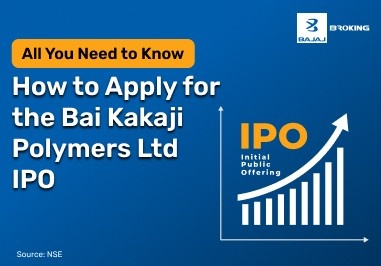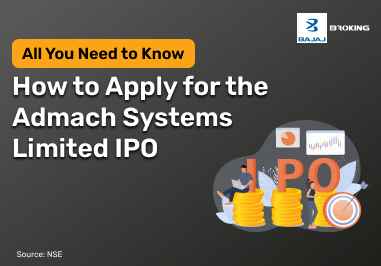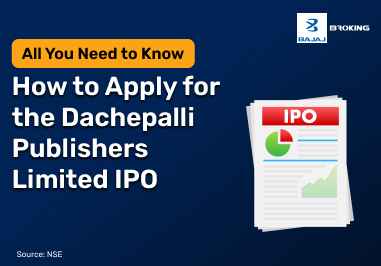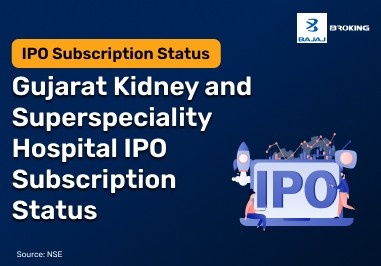The concept of compounding is often described as one of the most powerful forces in finance. At its core, compounding is the process by which an investment grows over time by reinvesting the earnings to generate additional earnings. Whether in stock markets, mutual funds, or other long-term savings vehicles, the power of compounding plays a significant role in wealth creation. This article examines how compounding works, particularly in the context of stock markets, and why understanding its key principles is crucial for effective long-term financial planning.
What is Compounding?
Compounding is a financial process where the returns earned on an investment are reinvested to generate further earnings over time. This cycle of reinvestment leads to exponential growth as both the initial principal and the accumulated interest start earning returns. Unlike simple interest, which calculates returns only on the principal amount, compound interest considers both the principal and the accumulated earnings.
How Does Compounding Help in Wealth Accumulation?
Compounding helps in wealth accumulation by allowing investments to grow not just based on the original amount, but also on the earnings generated over time. For example, if ₹1,000 is invested at an annual return of 10%, it becomes ₹1,100 in one year. If left invested, the next year’s 10% return is calculated on ₹1,100, not just the original ₹1,000. This leads to a compounding effect, where each year’s gains contribute to higher returns in the future.
In the context of the stock market, reinvesting dividends, capital gains, or regular contributions through systematic investment plans (SIPs) enables the compounding process to work efficiently over the long term.
Parameters That Determine the Power of Compounding
Several key parameters affect the extent to which compounding can work effectively:
1. Initial Investment (Principal)
The higher the initial investment, the greater the absolute gains through compounding.
2. Rate of Return
The annual return rate significantly impacts the compounding process. A small difference in return percentage can result in substantial differences over long durations.
3. Time Horizon
Time is the most critical factor. The longer the investment stays untouched, the more powerful the compounding effect becomes.
4. Frequency of Compounding
Interest can be compounded annually, semi-annually, quarterly, monthly, or even daily. More frequent compounding generally leads to higher returns.
5. Consistency of Investments
Regular and disciplined investments (like SIPs) help maximise the benefits of compounding, especially in volatile markets.
Applications of Compounding
The power of compounding applies across various financial products and contexts. Here are some key applications:
a) Systematic Investment Plans (SIPs)
SIPs in mutual funds use monthly contributions and market-linked returns to create long-term wealth through compounding.
b) Public Provident Fund (PPF)
PPF earns interest compounded annually. Over a 15-year tenure, the investment can grow significantly, especially with consistent contributions.
c) Employee Provident Fund (EPF)
EPF accumulates interest annually on both employer and employee contributions, showcasing long-term compounding benefits.
d) Dividend Reinvestment
In equity markets, reinvesting dividends can generate additional units, helping investors gain from market appreciation and dividend growth simultaneously.
e) Fixed Deposits (FDs)
Banks offer compounded interest on FDs, particularly in cumulative options where the interest is not withdrawn periodically.
Investment Option
| Compounding Frequency
| Typical Tenure
| Nature of Returns
|
SIP in Mutual Funds
| Monthly
| Long-term (5+ yrs)
| Market-linked
|
Fixed Deposits
| Quarterly/Annually
| 1–10 years
| Fixed
|
PPF
| Annually
| 15 years
| Fixed (Govt set)
|
Dividend Reinvestment
| Variable
| Ongoing
| Market-linked
|
Key Rules That Give You the True Benefit of Compounding
To truly harness the benefits of compounding, it’s important to follow certain principles:
Start Early: The earlier one begins investing, the more time the investment has to grow.
Be Patient: Compounding works best over long durations; frequent withdrawals dilute its impact.
Stay Consistent: Regular contributions add momentum to the compounding effect.
Avoid Timing the Market: Long-term investing without reacting to market fluctuations allows compounding to take its course.
Reinvest Returns: Reinvesting dividends or interest can accelerate growth.
Review but Don’t Panic: Periodic portfolio review is important, but avoid knee-jerk reactions.
Why Don’t People Take Advantage of Compounding?
Despite its benefits, many investors fail to fully leverage the power of compounding. Common reasons include:
Lack of Awareness: Many are unaware of how compound growth works or underestimate its long-term impact.
Short-Term Focus: Preference for instant results often leads to abandoning long-term strategies.
Inconsistent Investing: Irregular or delayed investments reduce the scope of compounding.
Market Uncertainty: Fear of losses in volatile markets prevents consistent investing.
Withdrawal Temptation: Drawing funds prematurely for short-term needs interrupts the compounding cycle.
Delayed Start: Beginning investments later in life significantly limits potential wealth growth.
The Bottom Line
The power of compounding is a fundamental principle that supports long-term financial growth and stability. By reinvesting returns and allowing investments to grow undisturbed over time, individuals can benefit from exponential growth. Whether through SIPs, provident funds, or dividend reinvestments, the key to compounding lies in patience, consistency, and a long-term perspective. Understanding its principles and applying them diligently can be instrumental in building a sound financial foundation.
